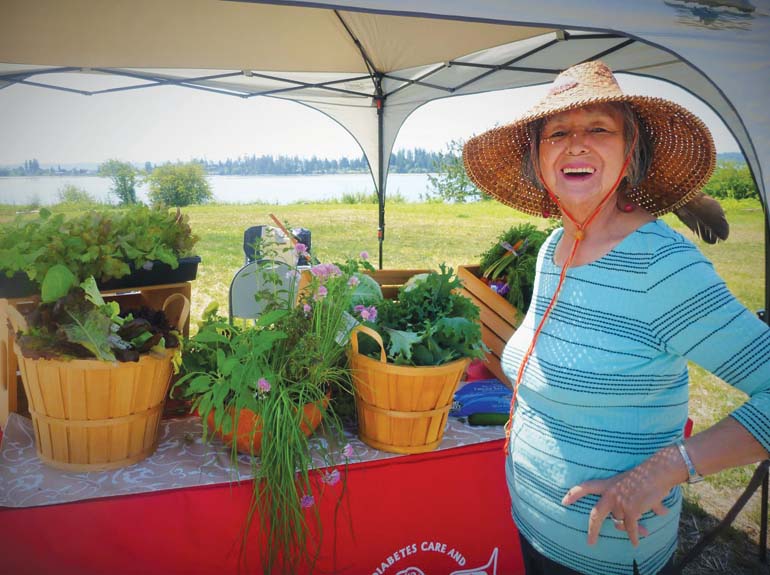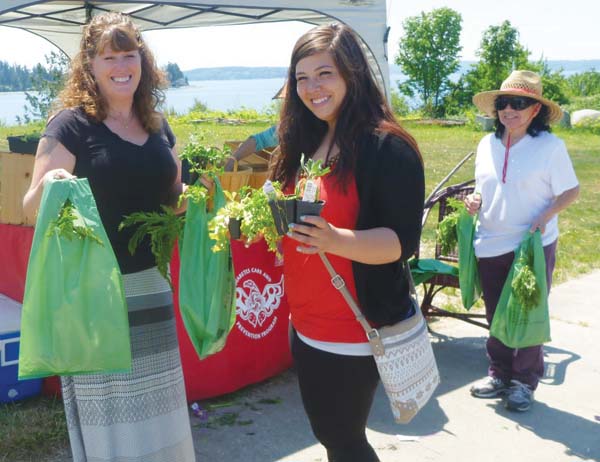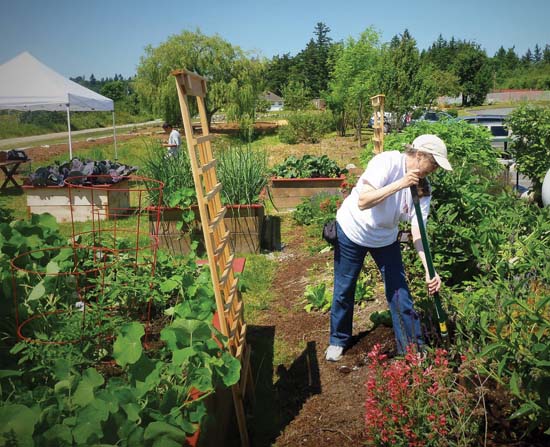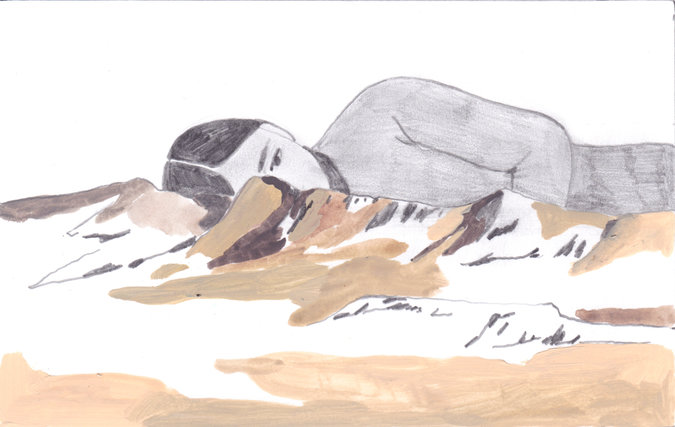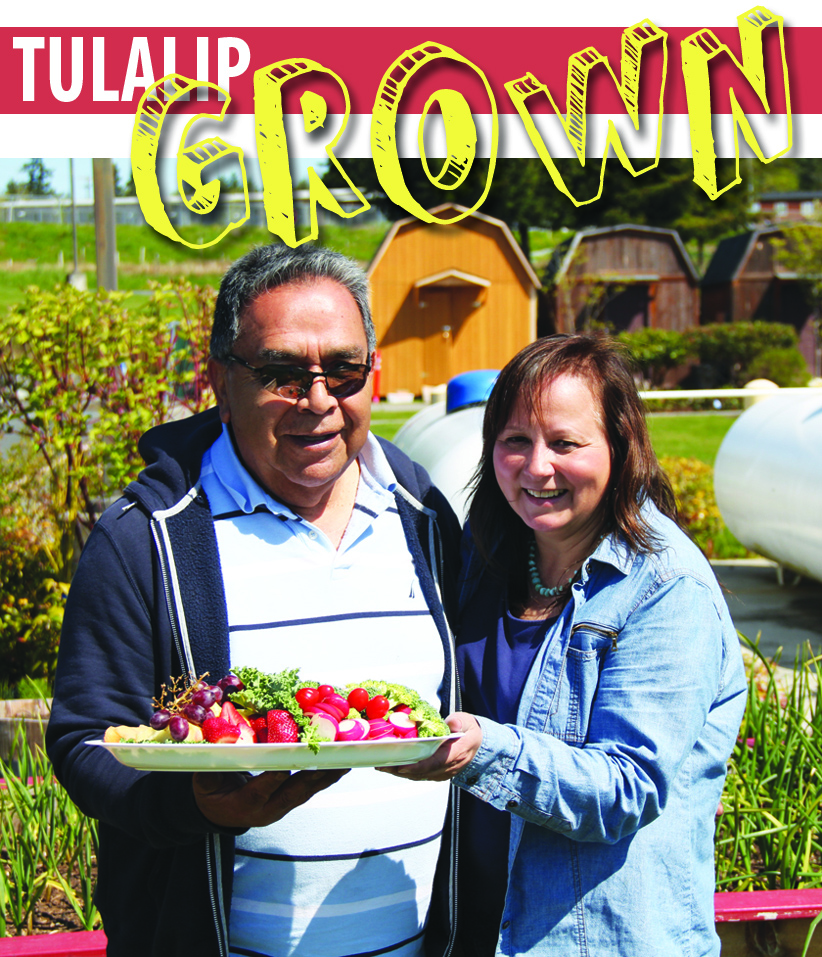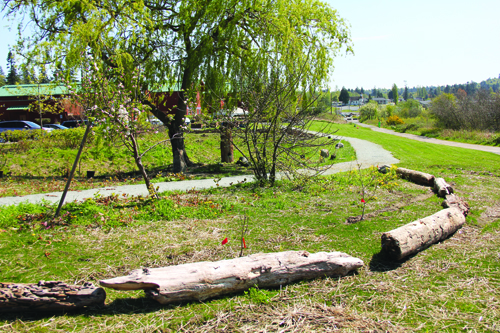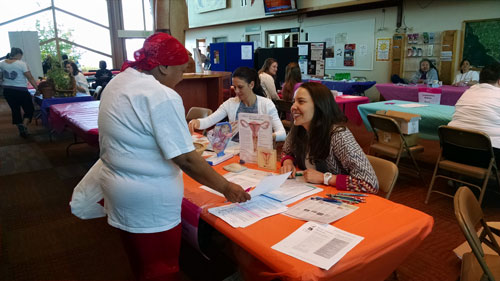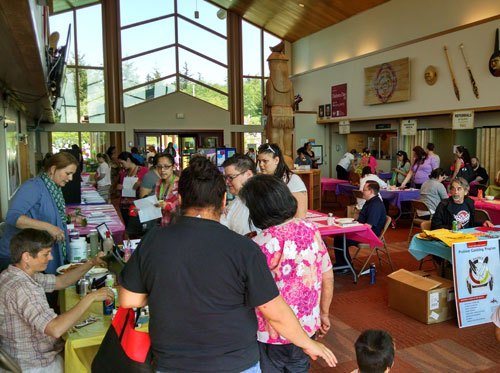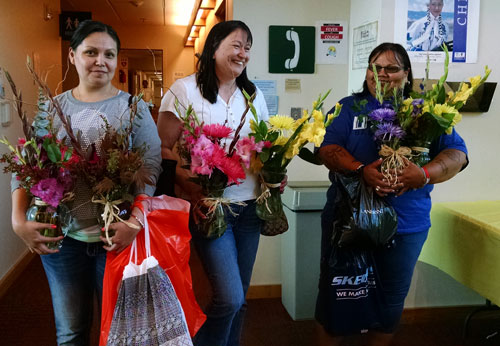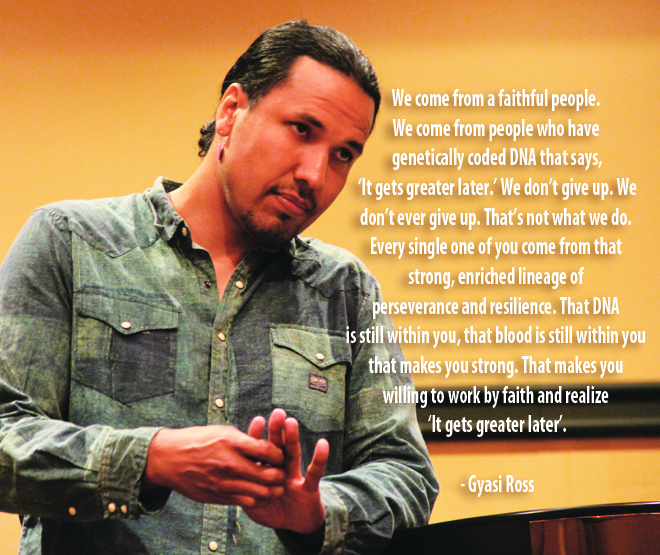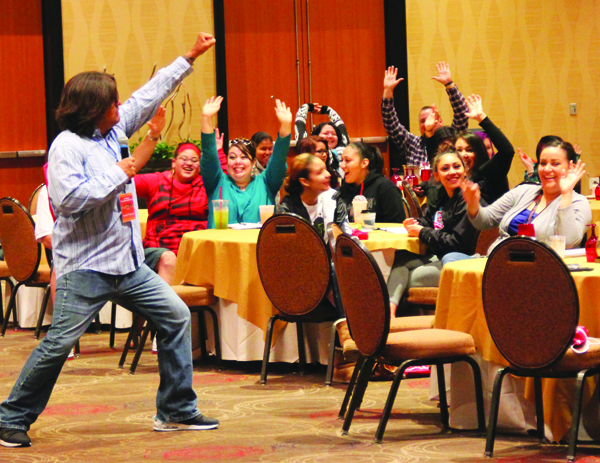By Maria Shane, MA, LMHC, GMHS, Tulalip Tribes Behavioral Health
Have you ever wondered how to create the right balance between the time you spend on electronics and the time you spend face-to-face with loved ones? If so, you are not alone. Today we have smart phones, computers, TVs, laptops, tablets, iPods, gaming systems, and the list goes on. There are many benefits to the technology we have available. We have access to more information now than ever before. Through technology, we can connect with loved ones who are far away. It can be enjoyable and reduce our stress to check in with others online to share our ideas, thoughts, and feelings. Sharing a good laugh can lift our spirit. Spending time on electronics can help shift our attention away from stress, worry, and pain. However, our inability to turn off our electronics can also interfere with our ability to find true connection with one another. It may mean that our families would benefit from reasonable limits on the amount of time each day we spend on electronics. The strong urge to always be checking Facebook, texting, or gaming affects everybody: adults, teens, and young children, as well as the relationships within the family or couple. If you are curious about ways to find the right balance for your family, we hope the ideas shared here will help you think about the possibilities.
Technology and Children
Some parents and grandparents wonder how much “Screen Time” a child should have each day. There is no one right answer, and each parent/family knows their children best; however, a useful guideline is between 30 minutes to 90 minutes per day, depending on age. In general, younger children should have less “Screen Time”.
When children spend too much time each day on electronic devices, there can be negative effects. The Mayo Clinic has identified some of the effects, which include: irregular sleep patterns, behavior problems, obesity, lower grades, violence, and less time for physical play. If you are concerned about the amount of video games your child plays, or the way your teen uses Facebook, you might be interested in setting some reasonable limits for your children around electronics.
Technology and Couples
A relationship may feel negatively affected by technology when a couple has not discussed some ground rules to ensure the outside world doesn’t interfere with connection and intimacy. Couples who are having problems connecting because of electronics often report the following concerns: misinterpreting messages, feeling like screen time comes before the relationship, and having difficulty communicating face to face. Couples may find it difficult to connect, even when they’re in the same room, because of the distractions from their smart phones, computers, etc. If you and your partner struggle to safeguard your time together, you may be interested in setting some boundaries around electronics. Come up with some mutually agreed ground rules to ensure the cyber world doesn’t interfere with your quality time together.
Difficult conversations are always better to have face-to-face than through text messages. It’s easier to express your anger, frustrations or hurt feelings through a text, email or facebook post. However, when emotions are running high, the likelihood of misreading a message rises sky high. According to various researchers, body language accounts for 50-70 percent of all communication. You cannot see facial expressions, body posture or hear the tone of a person’s voice through texting. Why keep that from your loved one? Arguments aren’t easy but if you put in the work to improve your communication the results will be worth it. Strengthen your communication and enrich your relationship.
Possibilities and Solutions
If you are interested in ways other families have tackled their technology struggles, here are some tips you can consider.
Talk about It. Sit down with your family or loved one and make a plan so you can prevent the virtual world from interfering with your real world. Talk honestly about the ways technology interrupts with your connection; this will help you find clarity for what changes to make.
Establish “Tech-Free Zones”. It may be difficult to keep track of the amount of time you or anyone else in your family spends on electronics each day. However, you can set limits and create “Tech-Free Zones” in the times and places when you are together. This is important for couples as well as families with children. Some families come up with an agreement that for 30 minutes while everyone eats dinner at the table, no phones, iPads, TVs, or computers are on. Or, during the car ride to school or running errands, no one uses their phone, iPod, hand held gaming system, or tablet. Instead, you have the opportunity to talk to one another. Some families have discovered a fun way to make this a “game,” for example, the first person to check their phone during dinner has to do the dishes.
Remove TVs and Computers from Bedrooms. It may be hard to remove the TV, Xbox, and computer from your child’s bedroom; however, it may help improve sleep, academic performance, and many other areas of your child’s life. Keep TVs, computers, and gaming systems in a shared space like the living room, so you can better monitor the content and time your children spend on these electronics. Couples may also benefit from an electronic-free bedroom which can increase intimacy. Try eye-gazing instead of screen-gazing, or simply use this time to check-in and talk about your day.
Settle Disagreements Face-to-Face. Just because you can reach your partner, parent, or child anywhere at any time, doesn’t mean you always should. It’s understandable that you may want to clear the air sooner rather than later, but don’t take the risk of making matters worse. [Remember, it’s too easy to misread a text or post on Facebook.] Set a time to sit down with your loved one to talk things out, this will minimize problems because you can rely on body language and tone of voice to really get your message across.
Model Healthy use of Electronics. Adults are in a good position to model, through their own behaviors, healthy use of electronic. As adults, we need to follow the “Screen Time” rules we set for our children. We can make a commitment to avoid texting or using the phone while driving. We can show our children what appropriate conversations are on Facebook. We can turn our phones off and refrain from checking our email during dinner. Our children can follow our lead.
Engage in “Screen Time” with your Child. Use your child’s favorite app or video game as a way to connect! Sit down and play a game with your child. If this seems difficult, try doing it for only 10 minutes at a time. [You can even set a timer to help you keep track.]. Allow your child to teach you the game. You will get to have some quality time with your kid, doing something they love, and, you will have the chance to assess if the game and online community is something you are comfortable with.
Limit “Screen Time” at Bedtime. Create a “No electronics at bedtime” rule. Did you know that looking at electronic screens before sleep interferes with our brain’s ability to “shut off”? Collect phones, tablets, and other electronic devices one hour before bedtime and allow your children to pick up their electronics in the morning.
Create Ways for Children to Earn “Screen Time”. Allow children to earn “Screen Time” by completing other activities such as homework, chores, and physical play. One possibility is to allow children to earn up to one hour of screen time a night for completing one hour of the other activities. For example, if your child spends 15 minutes walking the dog, 15 minutes jumping on the trampoline, and 30 minutes reading, they can earn one hour of screen time to use watching a TV show or playing a favorite video game.
The goal is to find a balance between the benefits and advantages technology brings while avoiding the pitfalls of disconnection. When use of technology causes relationship problems such as: avoidance of feelings, isolation from loved ones, or when it blocks us from having necessary but difficult face-to-face conversations, it could be time to make a change. There are many ways to set reasonable limits on the use of technology in your life. I hope the ideas shared here have gotten you thinking creatively about your options. If you have questions or are having trouble developing a game plan in your home, consider talking to a professional for additional support.
Feel free to contact us for guidance or questions. We are here to help.
Our Child & Family Mental Wellness Team serves youth 17 and younger and their families. They are located at beda?chelh at 2828 Mission Hill Rd. Tulalip, WA 98271 and can be reached at 360.716.3284.
The Adult Mental Wellness Team serves adults 18 years and older and their families. They are located at Family Services at 2821 Mission Hill Rd. Tulalip, WA 98271 and can be reached at 360.716.4400.


